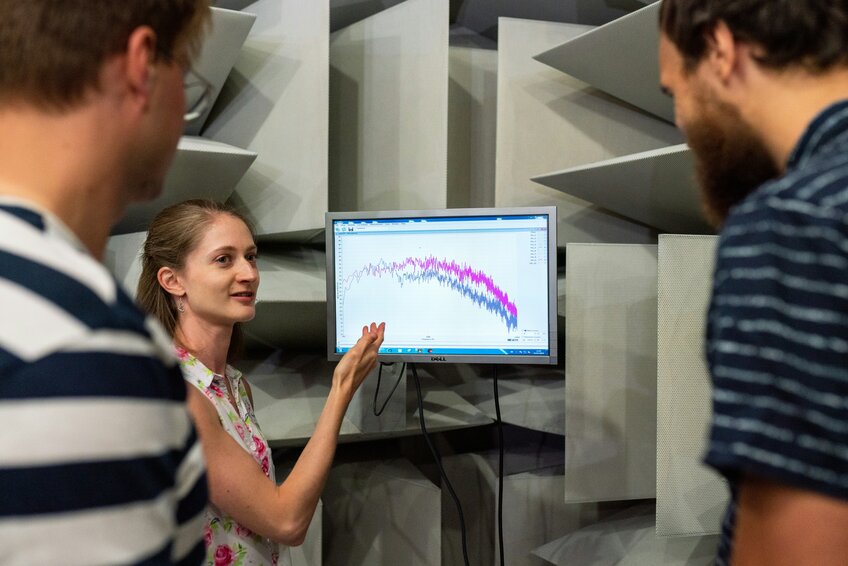Understanding the Dynamics: Positive vs. Inverse Correlation in Data Analysis
Overview
In the complex world of statistics and investment strategies, understanding the dynamics of correlation is crucial. Correlation, in its most basic form, is a measure of how two variables move in relation to each other within a given environment. This concept is pivotal in various fields, notably in statistics and finance, where it aids in predicting trends, formulating investment strategies, and understanding market behaviors. There are two primary types of correlation: positive and inverse (or negative) correlations, each indicating a unique relationship between variables.
Positive Correlation: A Synchronized Dance
A positive correlation occurs when two variables move in the same direction—when one variable increases, the other increases as well, and vice versa. This relationship is quantifiable through the coefficient of correlation (r), which ranges from -1 to 1. A coefficient greater than 0 signifies a positive correlation, with +1 indicating a perfect positive correlation. This phenomenon is not just a statistical curiosity but a reflection of many real-world relationships. For instance, there is often a positive correlation between advertising expenditure and sales volume; as companies invest more in advertising, their sales figures tend to increase. Similarly, the relationship between hours worked and income is typically positively correlated; more hours worked equates to higher earnings.
Inverse Correlation: Opposite Directions
Conversely, an inverse correlation, also known as negative correlation, occurs when two variables move in opposite directions. As one variable increases, the other decreases. An inverse correlation's coefficient is less than 0, with -1.0 representing a perfect negative correlation. This type of correlation is crucial in diversifying investment portfolios. For example, stocks and bonds often exhibit an inverse relationship; as stock prices rise, bonds usually decline, and vice versa. This principle allows investors to hedge against market volatility by investing in assets that are negatively correlated.
Measuring the Strength of Correlation
The strength of the correlation, whether positive or negative, is vital in assessing the reliability of the relationship between variables. This is quantified by the absolute value of the correlation coefficient (r). The closer the coefficient is to 1 or -1, the stronger the correlation. A coefficient close to 0 suggests a weak or no correlation. It's important to note that correlation does not imply causation. Two variables might move together or in opposite directions due to an underlying third factor or mere coincidence.
Special Considerations: Beyond Coincidence
While correlation provides valuable insights, it's essential to delve deeper to understand the reasons behind these relationships. Rational correlations, backed by logical reasons, are more likely to occur consistently and can be crucial in strategic planning and forecasting. However, correlations can sometimes be accidental, highlighting the need for thorough analysis and understanding of the data and its context.
Positive Correlation vs. Inverse Correlation
Correlation measures the relationship between two variables, indicating whether they move in tandem or in opposite directions. A positive correlation signifies that as one variable increases, the other does too, and vice versa. Conversely, an inverse correlation—also known as a negative correlation—shows that as one variable increases, the other decreases.
Inverse Relationship vs. Negative Correlation
The terms "inverse relationship" and "negative correlation" are often used interchangeably to describe two variables that move in opposite directions. When measured, an inverse relationship yields a negative number, highlighting the distinction between the two types of correlation.
Inverse vs. Direct Relationships
It's also essential to differentiate between inverse and direct relationships. A direct relationship can manifest as either a positive or negative correlation, depending on whether the variables increase or decrease together. This nuance is vital for understanding how variables interact in different contexts.
Inversely Correlated Assets in Finance
In the realm of finance, understanding inversely correlated assets is crucial for risk mitigation. Investors often seek sectors with a negative price correlation to diversify their portfolios. For example, the inverse relationship between gold prices and stock prices illustrates how investors flock to gold as a safe haven during stock market downturns.
The Opposite of an Inverse Relationship
The opposite of an inverse relationship is a positive correlation, where two variables move in the same direction. This concept is evident in various aspects of life and the economy, such as the relationship between low interest rates and increased home purchases, or warm weather and the sales of ice cream and flip-flops.
How Julius AI Can Assist
In the intricate landscape of data analysis, distinguishing between positive and inverse correlations is crucial for accurate interpretation and decision-making. Julius AI stands as a pivotal tool in this domain, offering advanced analytics capabilities that can simplify the identification and analysis of correlations within datasets. With its sophisticated algorithms, Julius can process large volumes of data to detect underlying patterns, enabling users to discern between positive and inverse correlations effectively. This assists researchers, investors, and business professionals in making informed decisions based on the nature of the relationships between variables. Moreover, Julius' intuitive interface and comprehensive analysis tools allow for a deeper exploration of data, shedding light on complex relationships that might otherwise go unnoticed.
Conclusion
In summary, understanding positive and inverse correlations is fundamental in statistics, finance, and beyond. These relationships help investors make informed decisions, allow statisticians to predict trends, and enable marketers to understand consumer behavior better. However, while these correlations provide valuable insights, it's crucial to remember that they are merely tools for understanding complex relationships and should not be used in isolation to make decisions. The key lies in thorough analysis, consideration of external factors, and understanding that correlation does not equal causation.


